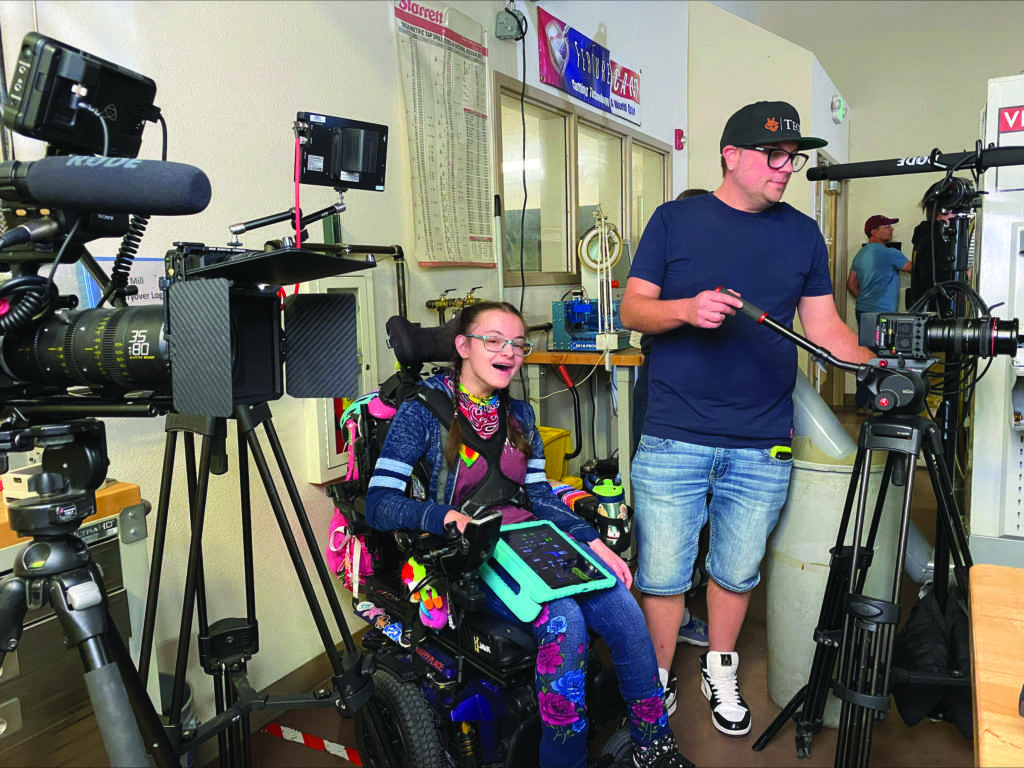Colorado Mesa University will be finalizing the implementation of a new MavCard system in the summer of 2017 after citing a need for updated technology, better cost-efficiency and an opportunity for a better quality service.
The former MavCard system, run by the NuVision company, had been in place for over 20 years on campus, and was getting outdated.
The new system is being replaced by the Heartland company, according to University Center Director, Bree Meier. Heartland was one of the companies that pitched their services to CMU, back when CMU put in a Request for Proposal (RFP).
Implementation of the new system has been in the works for most of the year, across the university’s on-campus food retailers and the off-campus vendors as well. The new cards will feature both a magnetic stripe as well as a chip. From an aesthetic standpoint, the cards will also bear a new design to them.
The way in which the cards and subsequent card readers are used will ultimately not change, but behind the scenes, a new set of data analytics and back end systems is being put in place. For example, the new system will now be able to conduct better reporting and alerts based on patterns of students.
“Reports are one thing, but when you see it in a different format than just a student’s name and a number, it tends to make more sense,” Meier said. “You can assess trends, you can assess students that are not eating that first two weeks of school, so we can do a better job of wellness checks, and saying ‘Hey why are you not eating, are you homesick? Are you just having so much fun that you’re eating every meal off of campus?’ Those analytics are something we pick up that we don’t have now.”
One potential concern raised by these new analytical abilities is its effects on student privacy. CMU Media Relations Director Dana Nunn, said that the new system would not give way to a ‘big brother watching’ mentality amongst the school.
“The day-to-day is not to drill down that deep, we don’t really care what you had for lunch,” Nunn said. “It’s not a tool to monitor [student’s] movements.”
Nunn also made a point that if CMU wanted to monitor students’ movements through the new MavCard system, they currently do not possess the manpower to do so.
Another key change to the MavCard system will be the introduction of a mobile app, in which users can replenish MavMoney right from their phones or search for where MavCards can be used around town.
There will also be a way for students to be able to upload—within certain parameters—their own photo to use on the cards. That, however, will not be available until fall of 2018.
Heartland will have the job of keeping the data of tens of thousands of CMU students, faculty and staff, when it comes to MavMoney, payments, building access and other metrics the cards keep track of.
The new cards will begin their soft rollout in the summer of 2017. Students and faculty who are on campus for the summer months can expect to be the first to receive the new cards beginning July 1, before the rest of campus will receive them the first week of fall semester. Students must have their old MavCards on them to be able to switch out to the new ones.








